Table of Contents
If you’re a dog parent, you know how important grooming is for your furry friend’s health and happiness. Regular grooming can help prevent skin infections, parasites, and other skin irritations. However, sometimes grooming can cause your dog to feel itchy and uncomfortable after the grooming session. This can be frustrating for both you and your dog, but there are steps you can take to help relieve the itching and prevent it from happening in the future.
After Grooming Dog Itching
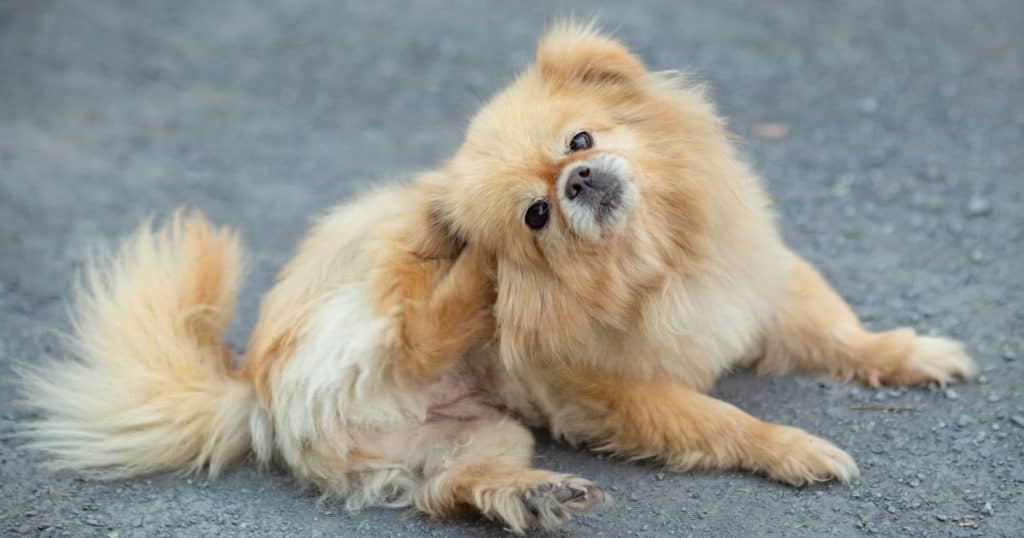
There are several reasons why your dog may feel itchy after grooming. It could be due to freshly cut hair, skin dryness, dull razors, or irritating skin products. Additionally, some dog breeds are more prone to certain allergies that can cause them to itch. It’s important to understand the causes of itching after grooming so that you can take the appropriate steps to help your dog feel more comfortable. In this article, we’ll explore the causes of itching after grooming, how to recognize signs of discomfort, and how to prevent and treat itching in your furry friend.
Key Takeaways
- Grooming can sometimes cause your dog to feel itchy and uncomfortable.
- There are several reasons why your dog may feel itchy after grooming, including freshly cut hair, skin dryness, dull razors, or irritating skin products.
- It’s important to understand the causes of itching after grooming so that you can take the appropriate steps to help your dog feel more comfortable.
Understanding Dog Grooming
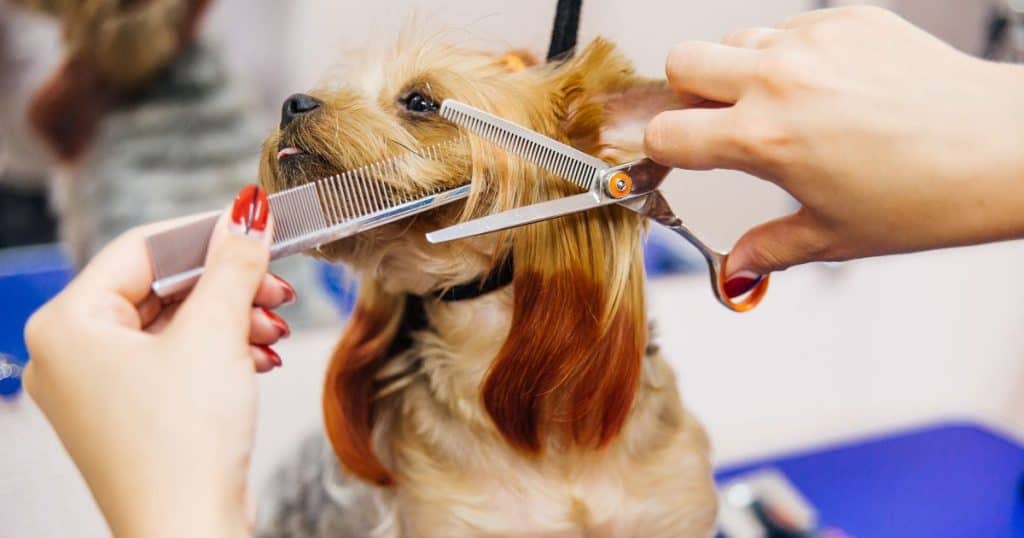
If you’re a dog owner, you know that grooming is an essential part of keeping your furry friend healthy and happy. Regular grooming sessions can help prevent skin infections, matting, and other health issues. But what exactly is dog grooming, and what does it involve?
Dog grooming refers to the process of maintaining a dog’s physical appearance and overall health. It includes a wide range of tasks, from brushing and combing to trimming and clipping. Professional groomers use a variety of tools, such as clippers, scissors, and brushes, to keep dogs looking their best.
Brushing and combing are two of the most important aspects of dog grooming. Regular brushing helps remove loose hair, dirt, and debris from your dog’s coat, while also distributing natural oils that keep the coat healthy and shiny. Combing helps prevent matting and tangling, which can be painful for your dog.
Professional groomers are trained to use a variety of tools and techniques to groom dogs safely and effectively. They know how to handle dogs of all sizes and temperaments, and they use specialized equipment to make the grooming process as comfortable as possible for your furry friend.
It’s important to note that not all dogs require the same level of grooming. Some breeds, such as poodles and shih tzus, need regular haircuts to prevent matting and tangling. Other breeds, such as beagles and boxers, have short coats that require less maintenance.
In summary, dog grooming is an essential part of keeping your furry friend healthy and happy. Regular brushing and combing, along with professional grooming sessions, can help prevent a range of health issues and keep your dog looking and feeling their best.
Causes of Itching After Grooming
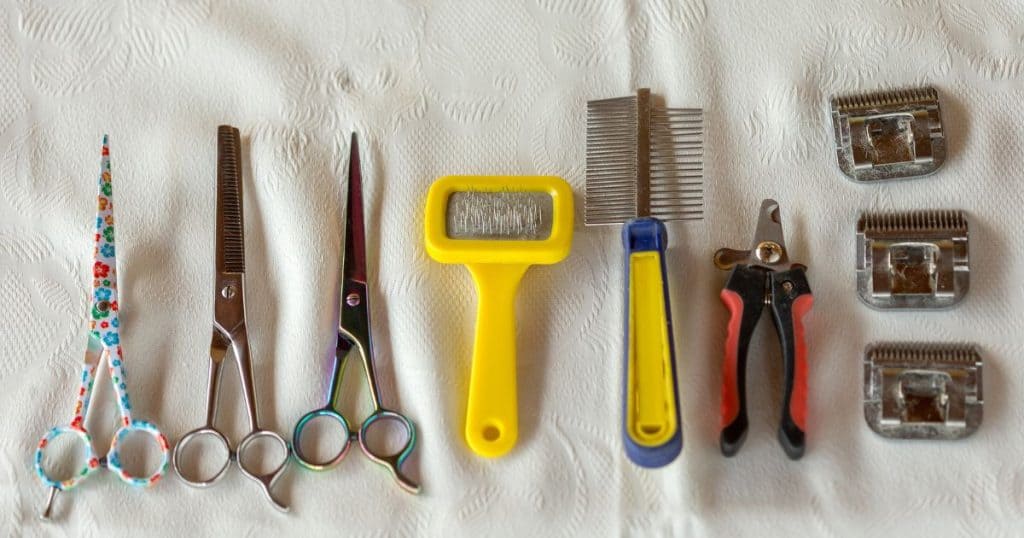
If your furry friend is feeling itchy after a grooming session, it can be a frustrating experience for both you and your dog. There are several reasons why your dog may be experiencing discomfort and scratching, so it’s essential to understand the possible causes to help alleviate the issue.
Grooming Products
The products used during grooming can sometimes cause allergic reactions or skin irritation, leading to itching and discomfort. If your dog has sensitive skin, it’s essential to use mild and hypoallergenic shampoos, conditioners, and other grooming products. Always check the ingredients of any grooming product before using it on your dog, and if you notice any adverse reactions, discontinue use immediately.
Clipper Burn
Clipper burn is a common cause of post-grooming itching. Clippers that are too sharp, dull, or prone to overheating can cause irritation and inflammation of the skin, leading to itching. Always ensure your clippers are in good condition and use them carefully to avoid any accidents.
Matting and Tangles
Matting and tangles can cause discomfort and itching for your dog. When hair becomes matted, it can pull on the skin, leading to inflammation and scratching. Regular brushing and grooming can help prevent matting and tangles, keeping your dog’s coat healthy and comfortable.
Parasites
Parasites such as fleas, ticks, and mites can cause itching and discomfort for your dog. These parasites can burrow into the skin, causing inflammation and scratching. Regular flea and tick prevention can help keep these parasites at bay, and if you suspect your dog has a parasite infestation, consult your veterinarian for treatment options.
It’s essential to identify the cause of your dog’s itching after grooming to provide the necessary relief. If you notice any signs of skin infection, allergic reactions, dryness, or other skin conditions, consult your veterinarian for proper diagnosis and treatment. With proper care and attention, you can help your furry friend feel comfortable and happy after every grooming session.
Recognizing Signs of Itching and Discomfort
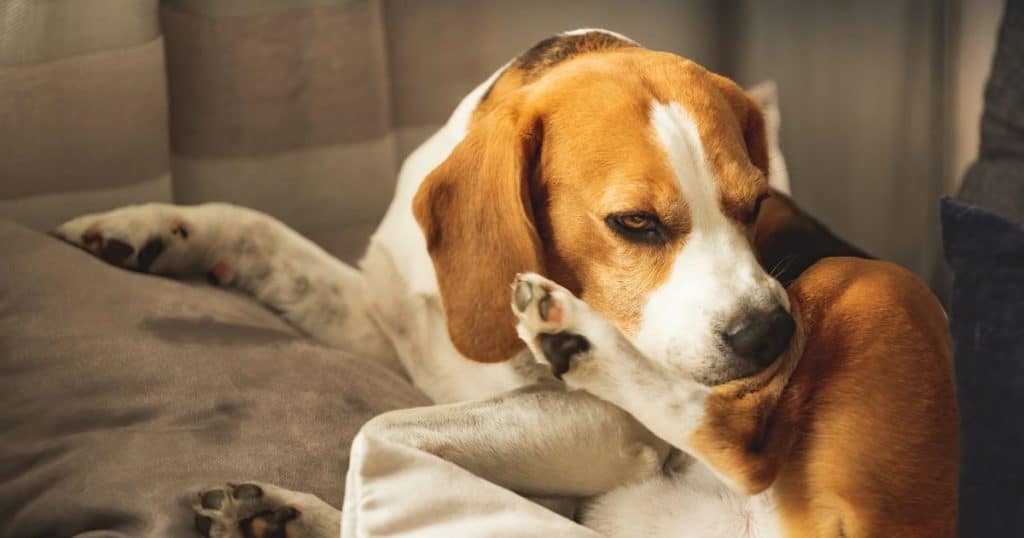
After grooming your dog, it’s important to keep an eye out for any signs of itching or discomfort. Some dogs may experience redness, bumps, or general irritation after grooming. Itchy skin can cause your dog to scratch or lick excessively, which can lead to hot spots or skin irritations on their paws or other parts of their body.
One of the most obvious signs of itching is when your dog starts to scratch or lick themselves more than usual. If you notice your dog constantly scratching or biting a particular spot, it’s likely that they are experiencing some form of discomfort. You may also see redness or bumps on their skin, which can be a sign of skin irritation.
Another sign to look out for is if your dog is rubbing their head, backside, or other parts of their body against the carpet or furniture. This can be a sign that they are trying to relieve some form of discomfort or itching.
If your dog is uncomfortable after grooming, it’s important to examine their skin and look for any nicks or other signs of irritation. Pay close attention to any hot spots, which are areas of the skin that are inflamed and painful to the touch. If you notice any hot spots, it’s important to take your dog to the vet for treatment.
Overall, it’s important to be aware of your dog’s behavior after grooming and to look for any signs of discomfort or itching. By catching these signs early on, you can help prevent further irritation and ensure that your furry friend stays happy and healthy.
Dog’s Skin and Coat Health
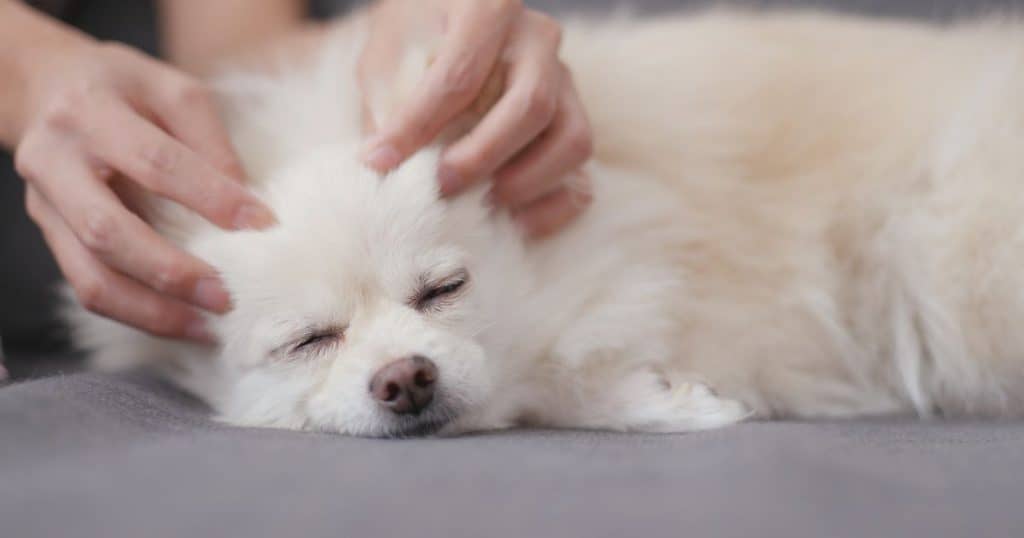
Taking care of your dog’s skin and coat is essential to their overall health and well-being. Dogs with healthy skin and coats are not only more comfortable, but they are also less likely to develop skin conditions and infections. Here are some tips to keep your dog’s skin and coat healthy:
Moisturize Dry Skin
Just like humans, dogs can suffer from dry skin, which can cause itching and discomfort. To prevent dry skin, make sure your dog is getting enough moisture in their diet and provide them with plenty of fresh water. You can also use a moisturizing shampoo or conditioner specifically designed for dogs to keep their skin hydrated.
Brush Long-Haired Dogs Regularly
Long-haired dogs require more grooming than short-haired dogs. Regular brushing helps to prevent matting and tangling, which can lead to skin irritation and discomfort. Use a slicker brush to remove any tangles and a comb to remove any loose hair.
Trim Coarse Hairs
Coarse hairs can be uncomfortable for dogs, especially when they rub against their skin. Regular trimming can help to keep coarse hairs at bay and prevent skin irritation. Use a pair of scissors or clippers to trim any coarse hair.
Use High-Quality Grooming Products
Using high-quality grooming products is essential to your dog’s skin and coat health. Make sure to choose shampoos, conditioners, and other grooming products that are specifically designed for dogs. Avoid using human products, as they can be too harsh for your dog’s skin.
In conclusion, taking care of your dog’s skin and coat is crucial to their overall health and well-being. Follow these tips to keep your dog’s skin and coat healthy and comfortable. Remember to always consult with your veterinarian if you notice any changes or concerns with your dog’s skin and coat.
Preventing Itching After Grooming
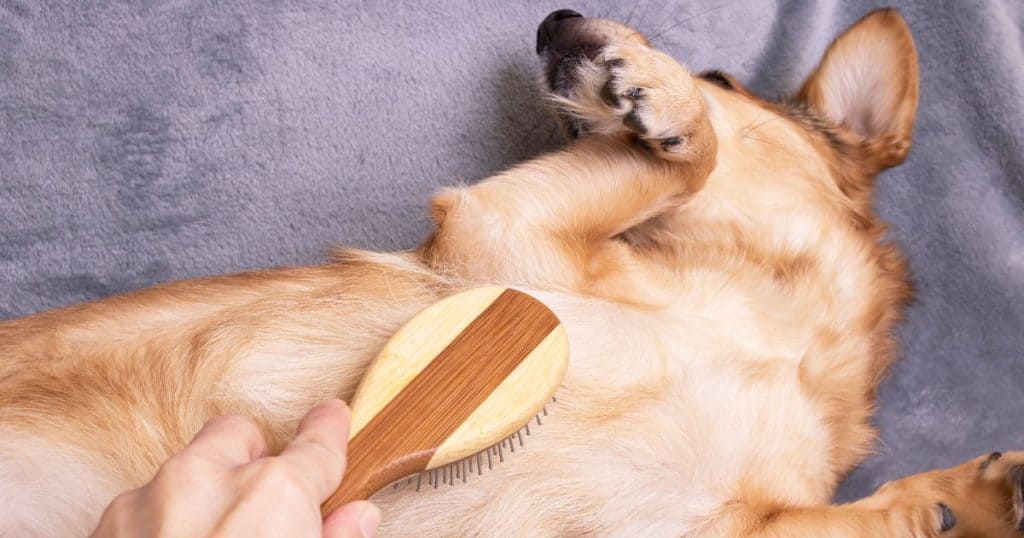
After a grooming session, your dog may experience itching and discomfort. Luckily, there are steps you can take to prevent this from happening.
First, make sure to use the right grooming products. Choose a hypoallergenic shampoo that is gentle on your dog’s skin, and avoid using any products that contain fragrances or harsh chemicals. If your dog has sensitive skin, consider using a medicated shampoo to help soothe any irritation.
When bathing your dog, be sure to rinse thoroughly to remove any shampoo or conditioner residue. Leftover products can cause itching and dryness. After bathing, you can also try giving your dog an oatmeal bath to help moisturize their skin and ease any itching.
Regular brushing and combing can also help prevent itching after grooming. This helps to remove any loose hair, dirt, or debris that can cause irritation. If your dog has long hair, consider trimming it to prevent matting and tangles that can lead to itching.
Positive reinforcement can also be helpful in preventing itching after grooming. Reward your dog with treats or praise during and after the grooming session to help them associate it with a positive experience. This can help reduce any anxiety or stress that can lead to itching.
If your dog is still experiencing itching after grooming, there are natural remedies you can try. Aloe vera gel can help soothe the skin and relieve itching. You can also try using a moisturizing spray or cream to help hydrate and calm any dry or irritated areas.
By following these tips, you can help prevent itching after grooming and keep your dog feeling comfortable and happy.
Treating Itching After Grooming
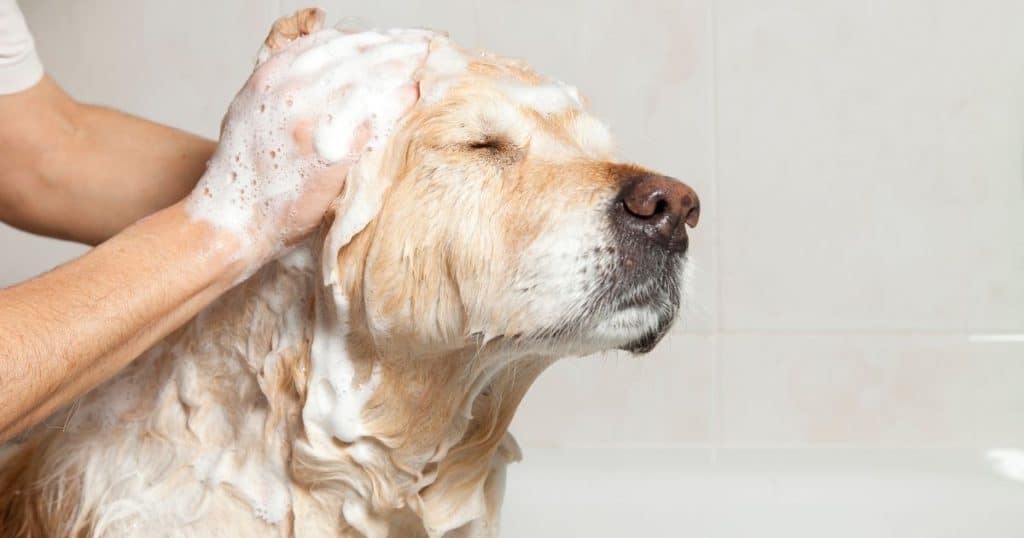
If your four-legged friend is feeling itchy after grooming, there are several things you can do to provide relief. First, identify the cause of the itching. If it’s due to an allergic reaction to grooming products, switch to a hypoallergenic shampoo or conditioner. Look for products that do not contain heavy fragrances or other irritants. You can also try using an oatmeal shampoo, which can help soothe irritated skin.
If your dog is experiencing severe itching, you may want to consider taking them to the veterinarian. They can prescribe a cream or other medication to help relieve the itching. Additionally, if the itching is due to an underlying skin condition, such as dermatitis or fungal infection, your veterinarian can provide treatment to help alleviate the symptoms.
In addition to using the right grooming products, you can also try using natural remedies to relieve itching. Aloe vera gel or coconut oil can help soothe irritated skin and provide relief from itching. Just be sure to avoid applying these products near your dog’s eyes or mouth, as they can be harmful if ingested.
If your dog is scratching at their legs or other areas of their body, you may want to consider using a cone to prevent them from further irritating the skin. Additionally, you can try using a cool compress or taking your dog for a swim to help alleviate the itching sensations.
Overall, treating itching after grooming requires patience and persistence. By identifying the cause of the itching and using the right products and remedies, you can help your four-legged friend find relief and feel comfortable again.
When to Consult a Veterinarian
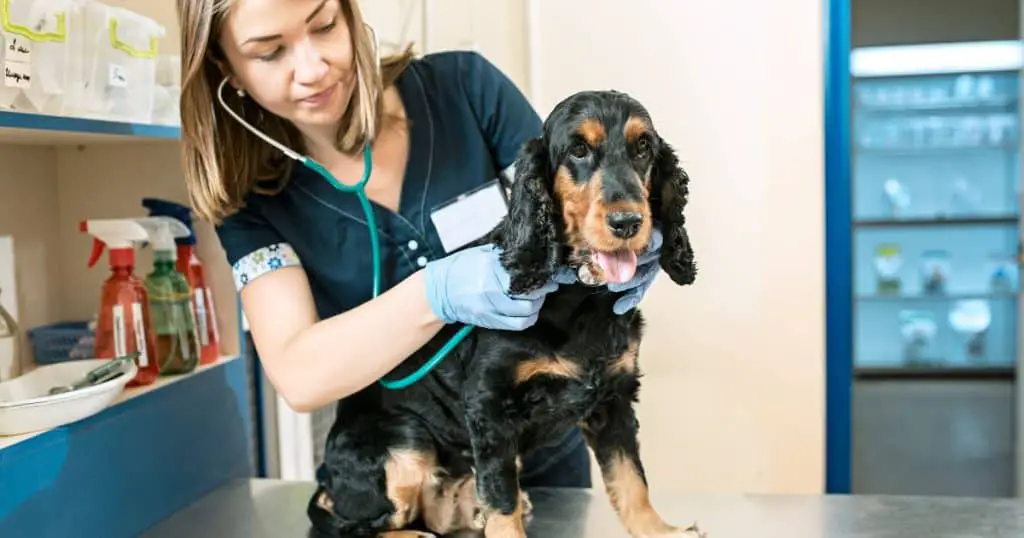
As a responsible pet owner, you want to ensure your furry friend is healthy and happy. If your dog is experiencing itching after grooming, it is important to know when to consult a veterinarian.
If your dog’s itching persists for more than a few days and is accompanied by redness, swelling, or discharge, it may be a sign of a skin infection. In this case, it is essential to seek veterinary care promptly. Your veterinarian can diagnose the underlying cause of the infection and prescribe appropriate treatment, which may include antibiotics or medicated shampoos.
If your dog is exhibiting signs of anxiety or stress, such as excessive scratching or biting at their skin, it is also important to consult a veterinarian. Anxiety and stress can cause dogs to develop skin problems, which can worsen if left untreated. Your veterinarian can recommend behavior modification techniques or prescribe medication to help alleviate your dog’s anxiety.
If your dog’s itching is due to the use of dull blades or improperly trimmed nails during grooming, it is important to address the issue with your groomer. However, if your dog’s itching persists despite changes in grooming practices, it may be necessary to consult a veterinarian to rule out underlying medical conditions.
In summary, if your dog is experiencing persistent itching after grooming, it is important to consult a veterinarian if the itching persists for more than a few days, is accompanied by redness or swelling, or if your dog is exhibiting signs of anxiety or stress. Your veterinarian can diagnose the underlying cause of the itching and prescribe appropriate treatment to help your furry friend feel better.
FAQs
How long will my dog itch after grooming?
It is normal for dogs to itch after grooming, but the duration of the itchiness depends on various factors such as the sensitivity of your dog’s skin, the type of grooming products used, and the grooming method. In most cases, the itchiness should subside within a few hours to a day or two. However, if the itchiness persists for more than two days, you should consult your veterinarian.
Post grooming furunculosis: What is it and how can it be treated?
Post grooming furunculosis is a bacterial infection that occurs after grooming. It is characterized by red, painful bumps on your dog’s skin. The best way to prevent post-grooming furunculosis is to ensure that your dog is thoroughly cleaned and dried after grooming. If your dog develops post-grooming furunculosis, you should take them to the vet for treatment. Treatment usually involves antibiotics and anti-inflammatory medication.
Why does my dog itch so badly after a bath?
There are several reasons why your dog may itch after a bath. One reason is that the grooming products used may be irritating your dog’s skin. Another reason is that your dog may be allergic to certain ingredients in grooming products. Additionally, if your dog’s skin is not thoroughly rinsed after a bath, residue from the grooming products may cause itchiness.
What are the common causes of dog itchy skin after grooming?
The common causes of dog itchy skin after grooming include:
Allergic reactions to grooming products.
Irritation from grooming tools or techniques.
Residue from grooming products left on the skin.
Over-bathing, which can strip the skin of natural oils.
Skin infections caused by bacteria or fungi.1
What are the common causes of dog itchy skin after grooming?
The common causes of dog itchy skin after grooming include:
- Allergic reactions to grooming products
- Irritation from grooming tools or techniques
- Residue from grooming products left on the skin
- Over-bathing, which can strip the skin of natural oils
- Skin infections caused by bacteria or fungi
How can I stop my dog from itching after grooming?
To stop your dog from itching after grooming, you should:
- Use gentle grooming products that are free of harsh chemicals
- Ensure that your dog is thoroughly rinsed after a bath
- Dry your dog completely after grooming
- Use a moisturizing shampoo or conditioner to prevent dry skin
- Consult your veterinarian if the itchiness persists
What are the signs of skin infection in a dog after grooming?
The signs of skin infection in a dog after grooming include:
- Redness or swelling of the skin
- Bumps or blisters on the skin
- Pus or discharge from the skin
- Foul odor coming from the skin
- Excessive scratching, licking, or biting of the affected area
If you notice any of these signs, you should take your dog to the vet for treatment. Skin infections can be serious if left untreated and can lead to more severe health problems.

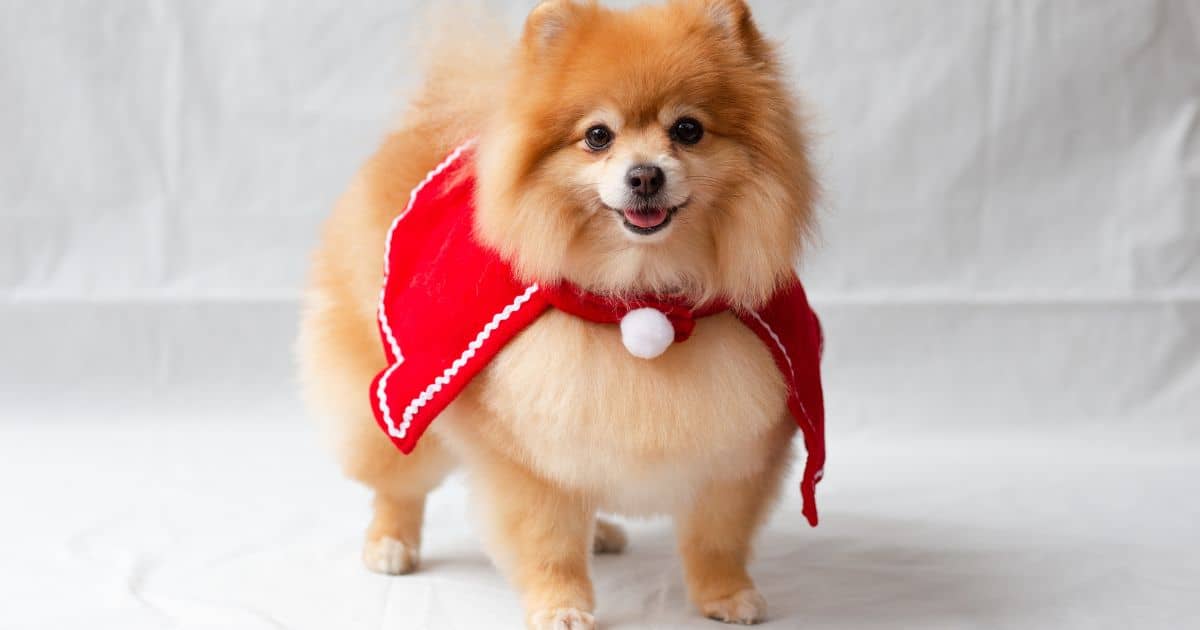
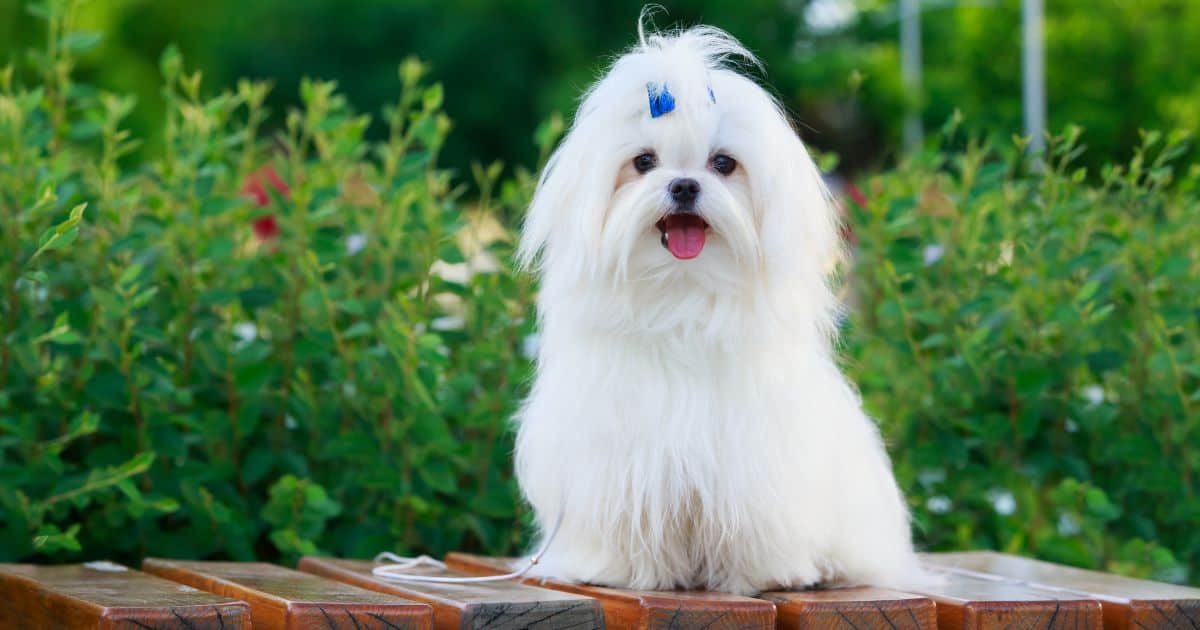
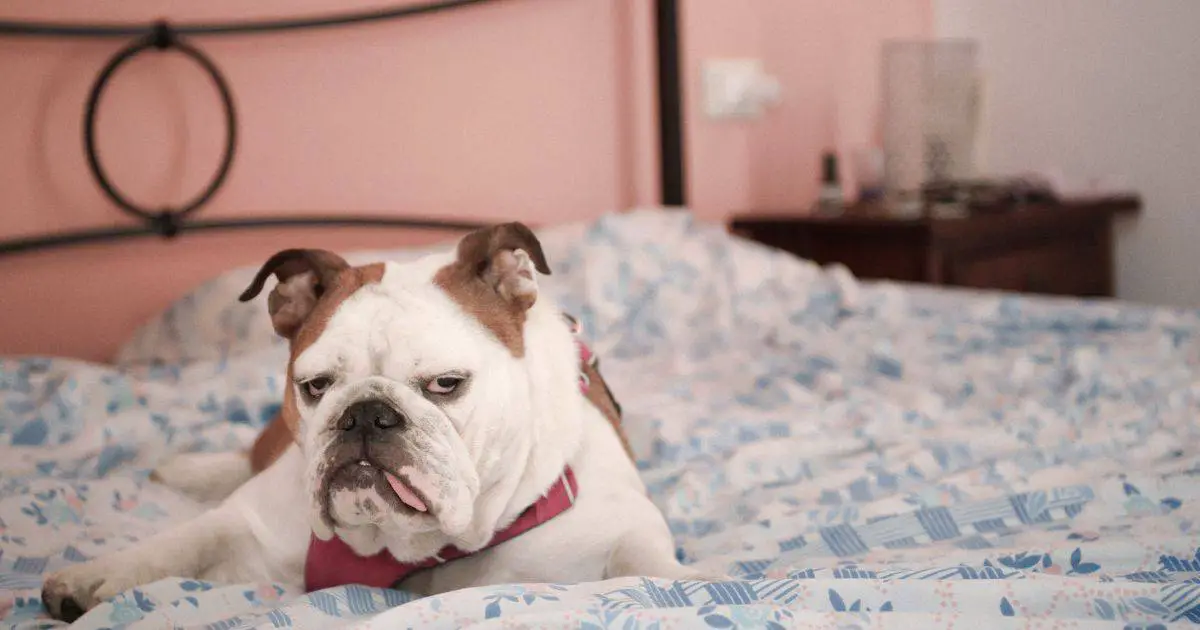
Leave a Reply
You must be logged in to post a comment.